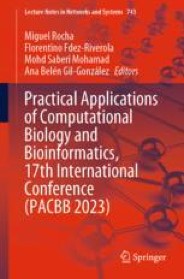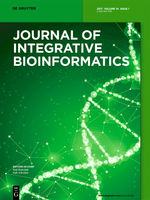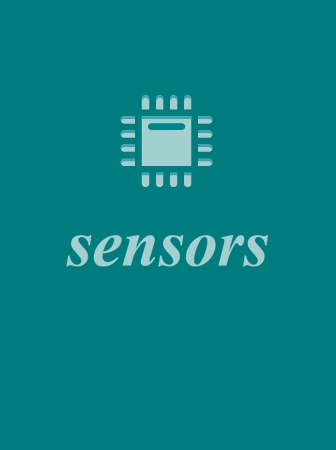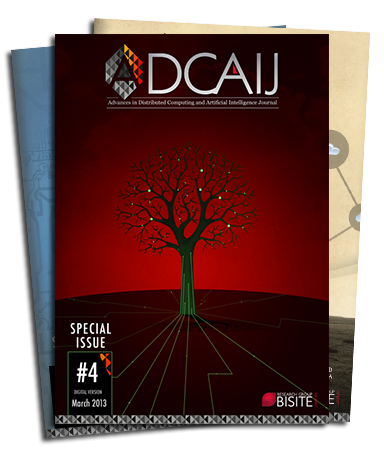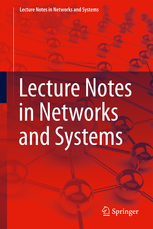Topics
PACBB welcomes contributions reporting substantial, original and previously unpublished work in all areas of Bioinformatics, Chemoinformatics and Systems Biology. The papers can be presented from a formal, methodological, technical or applied point of view.
Biological areas of interest include, but are not limited to:
- Next generation sequencing
- Comparison and alignment methods
- Motif, gene and signal recognition
- Molecular evolution
- DNA twisting and folding
- High-throughput data analysis (transcriptomics, proteomics, etc)
- Phylogenetics and phylogenomics
- Determination or prediction of the structure of RNA and proteins
- Gene expression data analysis
- Identification of metabolic pathways
- Functional genomics
- Biomarker identification
- Computational problems in genetics such as linkage and QTL analysis, linkage disequilibrium analysis in populations, haplotype determination, SNPs
- Molecular docking and drug design
- Molecular and cellular interactions
- Emergence of properties in complex biological systems
- Visualization of biological systems and networks
- Data and software integration
- Biomedical ontologies
- In silico optimization of biological systems
- Metabolic engineering applications
- Cell simulation and modeling
- Metabolic, regulatory and signaling models/ networks: properties, dynamics, inference/ reconstruction
- Metabolomics/ metabolic fingerprints
- Health-care applications
- Bio imaging
Computacional areas of interest include, but are not limited to:
- Knowledge Discovery and Data Mining techniques
- Text Mining and Language Processing
- Machine Learning and Pattern Recognition
- Rough, Fuzzy and Hybrid Techniques
- Hidden Markov Models
- Bayesian Approaches
- Artificial Neural Networks
- Support Vector Machines
- Evolutionary Computing
- Case-Based Reasoning systems
- Non-linear dynamical analysis methods and Intelligent signal processing
- Feature selection
Format
All papers must be formatted according to the LNNS template, with a maximum length of 10 pages (6 pages for Doctoral Consortia), including figures and references:
Submission
All proposed papers must be submitted in electronic form (PDF format) using the PACBB conference management system.
Review process
PACBB welcomes the submission of papers and gives preference to the topics listed under the call. All submitted papers will undergo a thorough review process; each paper will be refereed by at least three experts in the field based on relevance, originality, significance, quality and clarity.
The papers must consist of original, relevant and previously unpublished sound research results related to any of the topics of the conference.
Publication
Accepted papers will be included in PACBB Proceedings. At least one of the authors will be required to register and attend the symposium to present the paper in order to include the paper in the conference proceedings. All the accepted papers will be published by Lecture Notes in Networks and Systems series of Springer Verlag.
** Indexing: The books of this series are submitted to DBLP, INSPEC, Norwegian Register for Scientific Journals and Series, SCImago, SCOPUS, WTI Frankfurt eG, zbMATH, Google Scholar, Springerlink. **
Proceedings of PACBB 2023 are available:
Practical Applications of Computational Biology and Bioinformatics
17th International Conference (PACBB 2023)
Editors: Miguel Rocha, Florentino Fdez-Riverola, Mohd Saberi Mohamad, Ana Belén Gil-González
More informationSpecial Issues
Authors of selected papers from PACBB will be invited to submit an extended and improved version to special issues in different journals:
Authors of selected papers from PAAMS and Co-located Events will be invited to submit an extended and improved version to a Special Issue “Advancements in Practical Applications of Agents, Multi-Agent Systems and Digital Twins” published in MDPI Systems Journal (ISSN: 2079-8954, JCR (2022): 1.9 (Q2))
Authors of selected papers from PACBB and Co-located Events will be invited to submit an extended and improved version to a Special Issue published in ADCAIJ (ISSN: 2255-2863, JCR (2022): 1.4, JCI (2022): 0.09 (Q4)) indexed in DOAJ, ProQuest, Scholar, WorldCat, Dialnet, Sherpa ROMEO, Dulcinea, UlrichWeb, Emerging Sources Citation Index of Thomson Reuters, BASE y Academic Journals Database.
To Be Updated

